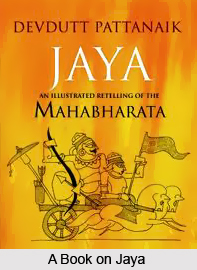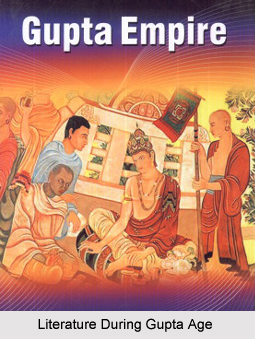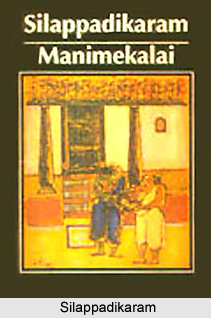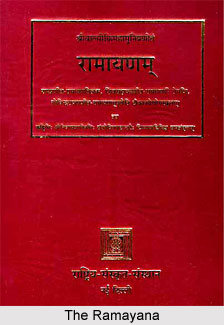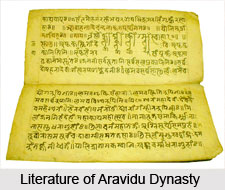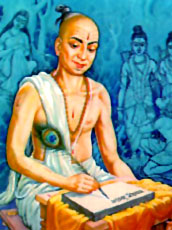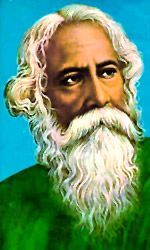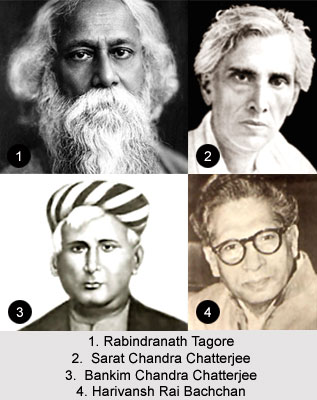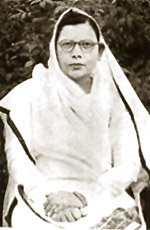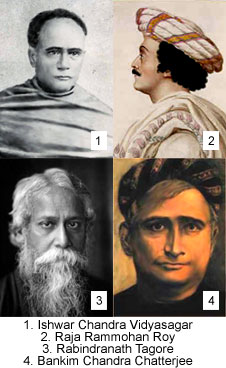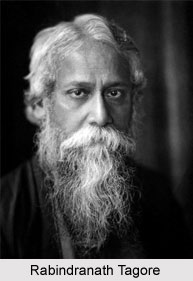Inna Narpathu, also known as Inna Narpattu, is a Tamil ethical poetic work of didactic nature which belongs to the Patinenkilkkanakku collection of Ethical Tamil Literature. Patinenkilkkanakku (Pathinenkilkanakku) is a compilation of 18 poetic works in Tamil which were composed in the period after the Sangam age. Inna Narpathu was written in the post-Sangam age equivalent to between 100 CE - 500 CE. The literary work has only forty verses, each containing 4 lines in Venpa metre. The didactic work is composed by the renowned Tamil poet Kapilar. The ethical poetic work of Tamil literature is much revered for its manner of construction and its eloquence, graceful and straightforward presentation. The literary work of Inna Narpathu contains several didactic and ethical messages that were the major characteristics of that period.
Composition of Inna Narpathu
Inna Narpathu or Inna Narpattu is an anthology series of ethical Tamil poems that was composed by the famous Tamil poet Kapilar. This post Sangam work is one of the 18 minor literary works in Tamil which are comprised in the Patinenkilkkanakku collection. The venpa in its deviation forms comprises as the metre of the Tamil poetic work. Kapilar wrote the poems in the collection in order to provide an elaborate description of the most unwanted, undesirable and objectionable materials and things which an individual should stay away from and avoid at any cost. The Tamil term Inna has various meanings and implications and one of the denotations is one that brings unhappiness.
The different poems and verses that are comprised in the Tamil poetic collection of Inna Narpathu (Inna Narpattu) each consists of four different categories or themes that depict the general idea of the literary work. It contains four distinct categories of detrimental and harmful things which any individual should ignore and avoid. These include the wealth of a miser person, the beauty of a flower that contains no fragrance, a life under the rule of a tyrant and a beautiful but unfaithful wife.
The work of Inna Narpathu, along with Iniyavai Narpathu, illustrates in an easy and concise manner, the various moral and ethical codes which are necessary for every day life of any person, as well as for the society. Inna Narpathu puts adequate emphasis on the significance of education and the responsibility of an individual in society.
